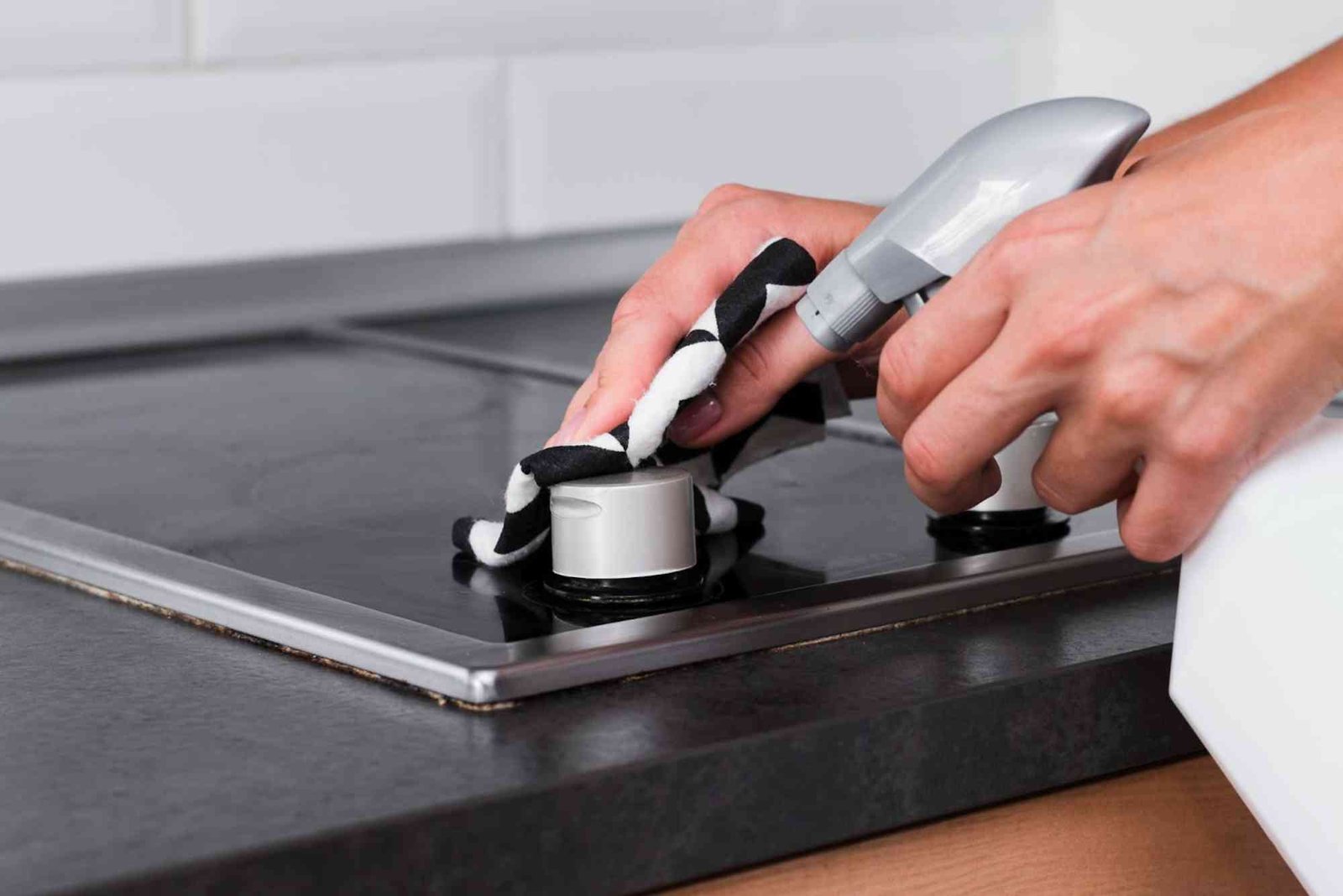Dental visits can be daunting for children, often sparking anxiety that makes the experience stressful for both kids and parents. The fear of the unknown, strange tools, or past uncomfortable experiences can turn a routine checkup into a battle. Fortunately, with the right strategies, parents can help their children feel more at ease, making dental care a positive part of their health routine. This article explores practical, research-backed methods to reduce kids’ dental anxiety, emphasizing preventive dental care for kids and exploring kids fluoride alternatives to ensure a comfortable and effective approach to oral health.
Understanding Kids’ Dental Anxiety
Dental anxiety in children is common, with studies suggesting that up to 20% of kids experience significant fear during dental visits. This anxiety often stems from unfamiliar environments, the anticipation of pain, or negative stories they’ve heard. For parents, recognizing the signs—such as tantrums, refusal to cooperate, or physical symptoms like a racing heart—is the first step to addressing the issue. By focusing on preventive dental care for kids, parents can reduce the need for invasive procedures, which often trigger anxiety, and foster a sense of control and familiarity.
Why Prevention Matters
Preventive dental care for kids is key to minimizing dental anxiety. Regular checkups, cleanings, and early interventions can catch issues before they require complex treatments like fillings or extractions, which are more likely to scare children. The American Academy of Pediatric Dentistry recommends that children visit a dentist by their first birthday or when their first tooth appears. Early visits help kids get accustomed to the dental office, building trust with the dentist and staff.
Parents can reinforce prevention at home by teaching proper brushing and flossing techniques. Use a soft-bristled toothbrush and a small amount of fluoride toothpaste (about the size of a grain of rice for kids under 3). For children sensitive to fluoride or those with specific health concerns, kids fluoride alternatives like xylitol-based products can be effective. Xylitol, a natural sweetener, has been shown to reduce cavity-causing bacteria, making it a great option for maintaining oral health without relying solely on fluoride.
Creating a Positive Dental Experience
To ease dental anxiety, parents can take proactive steps before, during, and after dental visits. Here’s how to make the experience less intimidating and more approachable for kids.
Before the Visit: Preparation is Key
-
Start Early with Education: Talk to your child about what to expect at the dentist in an age-appropriate way. Use books, videos, or role-playing games to demystify the process. For example, pretend to be the dentist and “examine” their stuffed animals’ teeth. This familiarizes them with the concept of dental care without fear.
-
Choose a Pediatric Dentist: Pediatric dentists are trained to work with children and create a welcoming environment. Their offices often feature kid-friendly decor, toys, and staff who are skilled at easing anxiety. Schedule a “meet-and-greet” visit to let your child explore the office without any procedures.
-
Use Positive Language: Avoid words like “pain,” “hurt,” or “shot.” Instead, describe the dentist as a “tooth helper” who keeps smiles healthy. Highlight the benefits of preventive dental care for kids, like keeping teeth strong and shiny.
-
Schedule Thoughtfully: Book appointments at times when your child is well-rested and not hungry, as fatigue or hunger can amplify anxiety. Morning appointments often work best for younger kids.
During the Visit: Building Comfort
-
Stay Calm and Supportive: Children often mirror their parents’ emotions. If you’re anxious, your child may pick up on it. Stay relaxed and reassuring, and avoid hovering over the dentist during the exam, as this can signal distrust.
-
Distraction Techniques: Bring a favorite toy, blanket, or headphones for music to keep your child occupied. Some dental offices offer TVs or tablets with kid-friendly shows to distract during procedures.
-
Gradual Exposure: For highly anxious kids, ask the dentist to start with simple tasks, like counting teeth, before moving to cleanings or exams. This builds confidence and reduces overwhelm.
-
Explore Fluoride Alternatives: If your child is wary of fluoride treatments due to taste or texture, discuss kids’ fluoride alternatives with the dentist. Options like calcium phosphate varnishes or xylitol gels can provide cavity protection without the stress of traditional fluoride applications.
After the Visit: Reinforce Positivity
-
Celebrate Success: Praise your child for their bravery, no matter how small the step. A small reward, like a sticker or a fun outing, can reinforce positive associations with dental visits.
-
Maintain a Routine: Consistency is crucial for preventive dental care for kids. Stick to a schedule of biannual checkups to keep dental visits familiar and routine. At home, maintain a brushing and flossing schedule to prevent issues that could lead to more invasive treatments.
-
Address Concerns Promptly: If your child expresses lingering fears, listen without judgment. Validate their feelings and work with the dentist to adjust future visits, such as using different tools or techniques to increase comfort.
Addressing Specific Fears
Some children have specific triggers, like the sound of dental tools or the sensation of a cleaning. Here’s how to tackle common fears:
-
Fear of Pain: Explain that most dental visits involve no pain, especially with preventive care. If a procedure is needed, pediatric dentists often use numbing gels or other pain management techniques. Discuss these options in advance to reassure your child.
-
Fear of the Unknown: Request a tour of the dental office or a step-by-step explanation from the dentist during the visit. Knowing what’s coming next can reduce anxiety.
-
Sensory Sensitivities: For kids with sensory processing issues, ask about accommodations like quieter tools, flavored gloves, or kids’ fluoride alternatives with neutral tastes to minimize discomfort.
Long-Term Strategies for Anxiety-Free Dental Care
Building a foundation for lifelong dental health starts with making dental care a stress-free part of childhood. Here are long-term strategies to sustain progress:
-
Model Good Habits: Children learn by example. Let them see you brushing, flossing, and attending your own dental appointments with a positive attitude. This normalizes dental care as a healthy, routine habit.
-
Incorporate Fun Tools: Use toothbrushes with favorite characters, flavored toothpaste (or fluoride-free options for sensitive kids), and apps that gamify brushing to make oral care exciting.
-
Educate About Oral Health: Teach kids why dental care matters in simple terms, like how brushing keeps their “superhero smile” strong. This empowers them to take ownership of their health.
-
Stay Consistent with Preventive Care: Regular dental visits and at-home care reduce the likelihood of emergencies, which can spike anxiety. Emphasize preventive dental care for kids to keep treatments minimal and stress low.
When to Seek Professional Help
If your child’s dental anxiety persists despite these efforts, consider consulting a child psychologist or a dentist specializing in anxiety management. Cognitive-behavioral therapy (CBT) can help kids reframe their fears, while some dental offices offer sedation options for extreme cases. Always discuss risks and benefits with professionals before proceeding.
Conclusion
Easing kids’ dental anxiety is achievable with preparation, positive reinforcement, and a focus on preventive dental care for kids. By creating a supportive environment, using kid-friendly strategies, and exploring kids’ fluoride alternatives when needed, parents can transform dental visits into a positive experience. Start early, stay consistent, and communicate openly with your child and their dentist to build a foundation for lifelong oral health. With patience and the right approach, your child can face dental visits with confidence and a bright, healthy smile.








